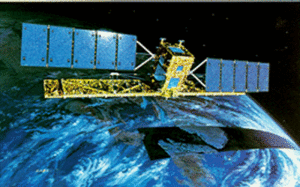 |
| Radarsat-1 |
On March 29, Canada's first Earth Observation satellite experienced a technical problem.
The agency says it has concluded after numerous attempts to resolve the technical issue that Radarsat-1 is no longer operational after more than 17 years of service.
But the space agency stresses that the end of its mission won't have any impact on the security of Canadian borders, coasts or northern territories.
It says Radarsat-2 continues to provide users with critical, high-quality data.
Radarsat-1 monitored environmental changes and the planet's natural resources since its launch in November 1995 from Vandenberg Air Force Base in California.
Meantime, development of the Radarsat Constellation Mission, which comprises three satellites, continues.
They are slated to launch in 2018.
Industry minister Christian Paradis has described Radarsat-1 as a great Canadian success story. It was originally designed to have a lifespan of only five years.
During its more than 90,000 orbits around the Earth it provided more than 625,000 images to more than 600 clients and partners in Canada and 60 countries worldwide.
It also helped gather information during nearly 250 disasters.
It also literally mapped the world, providing complete coverage of the world's continents, continental shelves and polar ice caps.

No comments:
Post a Comment